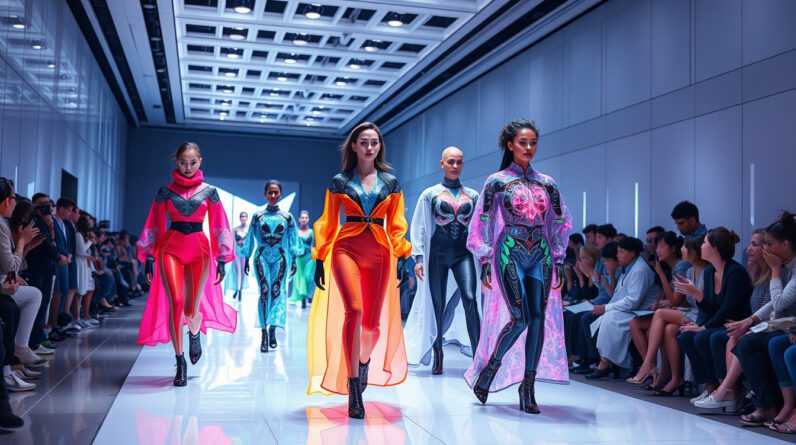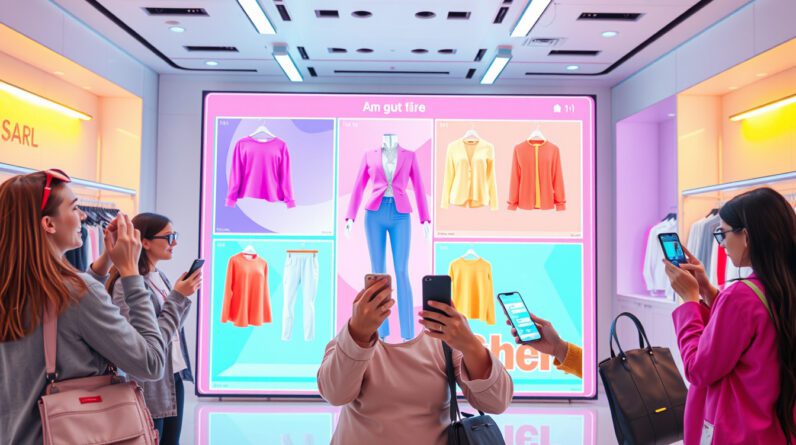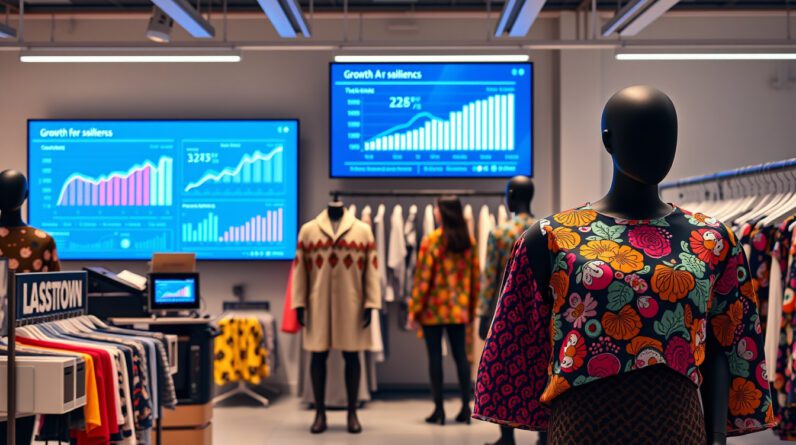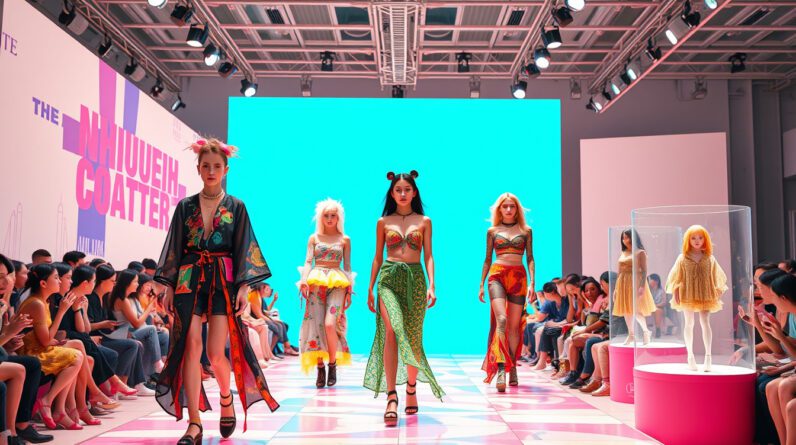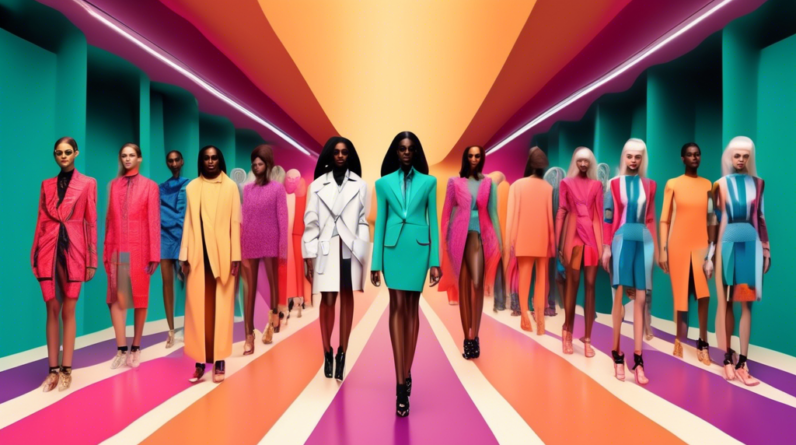
The AI Runway: Will Artificial Intelligence Democratize Fashion or Make It Uniform?
Artificial intelligence is weaving its way into every industry, and the glamorous world of fashion is no exception. From designing garments to predicting trends, AI tools are rapidly changing how we create, consume, and think about fashion. But a critical question hangs in the balance: Will AI-generated models diversify fashion or homogenize it?
The Promise of Democratization: Breaking Down Barriers and Embracing Inclusivity
Advocates for AI in fashion see a future brimming with possibilities. They argue that AI has the potential to democratize the industry, making it more inclusive and diverse. Here’s how:
- Challenging Traditional Beauty Standards: AI-powered tools can analyze vast datasets of faces and bodies, helping designers move beyond narrow and often exclusionary beauty standards. This could lead to clothing lines that cater to a broader spectrum of body types, ages, and ethnicities.
- Personalized Style at Scale: Imagine receiving AI-generated outfit recommendations tailored to your unique taste, body shape, and lifestyle. This level of personalized styling, once reserved for the elite, could become accessible to all, fostering self-expression and individual style.
- Empowering Emerging Designers: AI design tools can level the playing field for independent designers and smaller brands. These tools can assist with complex tasks like pattern making, trend forecasting, and even digital prototyping, reducing entry barriers and allowing creativity to flourish.
The Specter of Homogenization: Algorithms, Data Bias, and the Risk of Uniformity
While the potential benefits are alluring, a counter-argument warns of AI’s potential to homogenize fashion. This argument centers around concerns about data bias and the limitations of algorithms:
- Amplifying Existing Biases: AI algorithms are only as good as the data they are trained on. If this data reflects existing biases in the fashion industry, such as a preference for certain body types or skin tones, the AI tools will simply perpetuate these biases, leading to further exclusion.
- The Average Aesthetic: AI algorithms excel at identifying patterns and trends. While this can be helpful, it also raises the risk of creating an average aesthetic that prioritizes mass appeal over individuality. This could lead to a fashion landscape saturated with similar designs, stifling creativity and diversity.
- The Illusion of Choice: Personalized recommendations, while convenient, can create filter bubbles, limiting exposure to different styles and aesthetics. If consumers are only presented with options that conform to their pre-existing preferences, it could hinder experimentation and stifle the evolution of fashion.
Finding the Balance: Towards Ethical and Inclusive AI in Fashion
The future of fashion lies not in rejecting AI but in harnessing its power responsibly. To ensure AI diversifies rather than homogenizes the industry, several key steps are crucial:
1. Addressing Data Bias:
Developers must prioritize diversity and representation in the datasets used to train AI models. This requires proactive efforts to include data from underrepresented groups and to mitigate existing biases within datasets.
2. Promoting Algorithmic Transparency:
Understanding how AI algorithms make decisions is critical. Increased transparency in AI development will allow for better detection of bias and promote fairness in AI-powered fashion tools.
3. Embracing Human-AI Collaboration:
AI should augment, not replace, human creativity. The most promising applications of AI in fashion will be those that empower designers, stylists, and consumers, fostering collaboration between human ingenuity and artificial intelligence.
4. Cultivating Critical Consumption:
Consumers also play a role in shaping the future of fashion. By being mindful of potential biases, seeking out diverse designers, and embracing individual style choices, consumers can help steer the industry towards a more inclusive and vibrant future.
The Runway Ahead
AI’s entry into the fashion world is inevitable. The technology holds immense potential to reshape the industry, making it more accessible, personalized, and perhaps even sustainable. However, it’s crucial to proceed with caution, addressing potential pitfalls and prioritizing ethical development. By embracing a balanced approach, we can harness the power of AI to create a fashion landscape that celebrates diversity, empowers creativity, and reflects the unique beauty of every individual.

